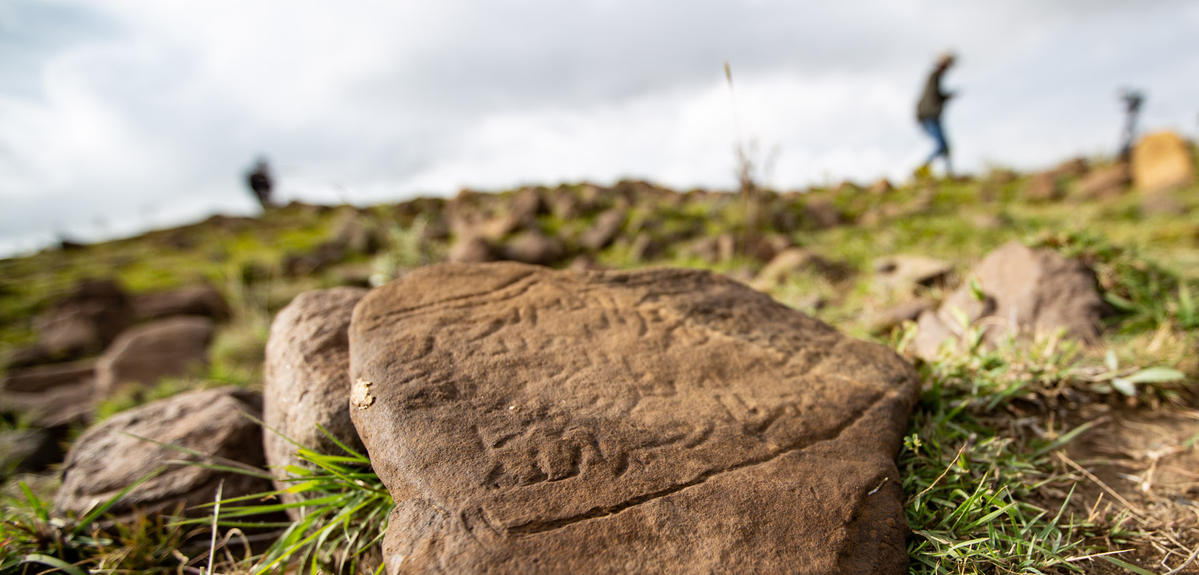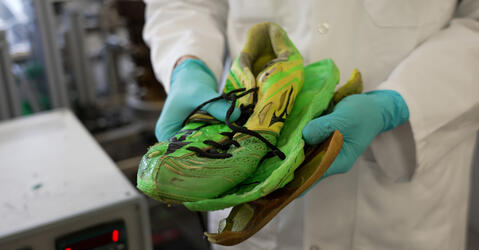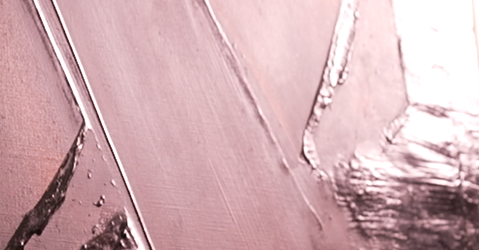You are here
This is an exploratory mission in what was once the heart of the Christian Kingdom of Ethiopia, from the 10th to the 13th century. Ethiopian and French researchers are working to better understand this mostly undocumented period of History. These scientists are looking for funerary stelae; tombstones that were engraved and then forgotten for centuries. The mere fact of their presence in these lands may lead to a drastic rewriting of this christian region’s history. Because these stelae mark the tombs of Muslims.
AMBIENT VO – JULIEN
No, it’s actually in the right position here. It’s just that the stone was placed horizontally. It’s right.
These tombstones represent an unprecedented source of information for these historians and archaeologists.
JULIEN
This region isn’t giving us the information we need to date things accurately ; to place the evolution of its communities on a timeline. And here, now, within one fell swoop we have a wealth of precise dates which enable us to say “At this moment, in this year, in this decade, there was once a community in this place” - they buried their dead here.
AMBIENT VO – JULIEN
I think we have everything guys! One, two, three, four, five, six lines – I think we’ve got it all. We’re going to have a date.
- Did you see? The seal of Solomon!
- Oh yeah? David?
- No, not David. To Muslims that’s Solomon.
JULIEN
The tombstone was decorated with a six-pointed star which, for Muslims, is the symbol of the seal of Solomon, there to protect the dead. The inscription is comprised of three different registers – the first acts as an introduction, like for your average official document. It’s the Bismillah, in other words “in the name of the merciful God” followed by a quote from the Quran, then the name of the deceased… the date of death… so if we look around a little, we should be able to decipher… 688 on the Islamic calendar, which puts us in the early 1280s.
The complex history of this region at that period is very poorly understood. Islam has long been considered here as a foreign import, playing just a marginal role within the history of local societies. But ever since their first exploratory campaign in 2018, the scientists from the, “Horn East,” research project have consistently uncovered clues indicating a long term presence of Islam in this region which was the seat of Middle-Age Christian authority. Islam’s role here can not be considered marginal any more.
AMELIE CHEKROUN – HISTORIAN
When we started working on this project, we knew there was a site with a cemetary. A community that could be significant, but isolated.
The next time we went out there, we identified two more cemeteries. Things started to become more interesting, more complex. This time, in just two days, we identified five more. So we’ve already found nearly a dozen and we aren’t finished. We might even find others in the coming days.
On the one hand, it’s amazing, but simultaneously perturbing because it demonstrates that we don’t really understand what happened. We’re in a relatively small area with cemeteries all over the place.
The sites of these burial grounds were not chosen at random. This is the Western Tigray region which served as a very important crossroads for medieval caravans. These routes connected the coasts of the Red Sea to the high Ethiopian plateaus.
Part of this story is revealed on the tombstones. Some indicate that the deceased, or their ancestors, came from faraway places like the Arabic Peninsula, Egypt, and even the Fars province – which is in modern day Iran.
These exchanges between the Christian and Muslim worlds would have made this epoch deeply influential in shaping not only the nation’s history, but that of the entire horn of Africa. If scientists find themselves reliant on these tombstones to understand these times, it’s only because they lack any other sources.
AMELIE CHEKROUN – HISTORIAN
Documentation of Ethiopian Islam before the 16th century, what’s known as the medieval period, is patchy at best, and documents produced by Muslim communities in the region are very rare in that there’s a total of three. Compare that to production at the same time in Egypt, where they were creating thousands and thousands of manuscripts and filled entire libraries.
With a starting point of only three texts talking about these communities – three texts covering six centuries – we have to look elsewhere for information.
But how does one even go about finding Ethiopian cemeteries that were forgotten for over 600 years? The team turns to current Muslim communities for clues.
JULIEN LOISEAU
We’re in a region of Ethiopia which is overwhelmingly Christian, but there are still Muslim communities here. We don’t know if they’re direct descendants of those buried in the cemeteries, but they’re extremely familiar with the territory and are the only ones who can show us around. There’s clearly shared knowledge of the sites associated with Muslim communities in the region.
Today, the team is exploring Habera, a burial site identified last year. Each uncovered tombstone adds considerably to the collection of historical sources available to researchers.
But the presence of so many cemeteries in this region also shines a light on another mystery.
AMELIE CHEKROUN
We haven’t found any inhabited areas, which could have been identified by the presence of ceramics, for example. Not among the various groups of cemeteries, nor anywhere between. We’ve never found a thing. So where did these people live? And why in such a small area? For the moment, it’s really interesting, but the more we advance the less we understand about what happened here.
The prospective study of the region will be followed by archaeological digs on different sites. This will help better understand funerary customs of the time and, hopefully, locate the missing villages. A long-term study is just beginning - the discoveries to come will at last help write the missing pages in the history of the entire Horn of Africa.
Ethiopia's Puzzling History
A team of historians and archaeologists has finally found written sources that will help them write a forgotten period of Ethiopia's history. The only problem is that these islamic tombstones are being uncovered in the heart of what was the Christian Kingdom of medieval Ethiopia...
Institut de recherches et d'études sur les mondes arabes et musulmans (IREMAM)
CNRS / Aix-Marseille Université
Responsable du projet ERC HornEast
Amélie Chekroun (CNRS)
Institut de recherches et d'études sur les mondes arabes et musulmans (IREMAM)
CNRS / Aix-Marseille Université





